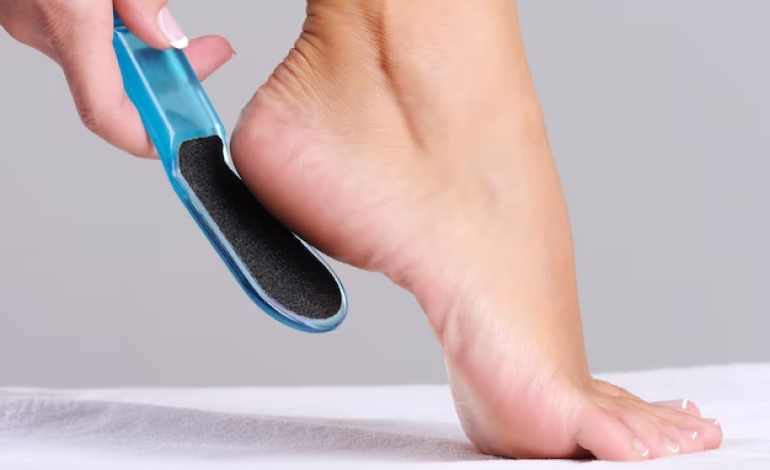Nerve injury: Damage to the peroneal nerve, which controls the muscles that lift the foot, can result in foot drop.
.png)

Foot Drop, also known as drop foot, is a condition characterized by the inability to lift the front part of the foot, leading to dragging the toes along the ground while walking. This condition can significantly impact mobility and may result from various underlying causes affecting the muscles, nerves, or central nervous system.
Foot Drop can be caused by different factors, including:
Nerve injury: Damage to the peroneal nerve, which controls the muscles that lift the foot, can result in foot drop.
Muscle disorders: Conditions affecting the muscles in the lower leg may lead to weakness and difficulty lifting the foot.
Nerve compression: Pressure on nerves due to conditions like herniated discs or tumors can cause foot drop.
Common symptoms associated with Foot Drop include:
Difficulty lifting the front part of the foot, leading to a dragging or scuffing gait.
High-stepping walk to avoid tripping.
Toe dragging and numbness in the foot.
Difficulty with activities like walking on tiptoes or climbing stairs.
Diagnosing Foot Drop may involve:
Assessment of gait, muscle strength, and reflexes.
Recording electrical activity in muscles to identify nerve damage.
X-rays, MRI, or CT scans to visualize structures and identify potential causes.
Management of Foot Drop may include:
Exercises to improve muscle strength, flexibility, and coordination.
Supportive devices to help maintain proper foot position while walking.
Electrical stimulation to activate nerves and improve muscle function.
In some cases, surgical interventions to repair nerve damage or address underlying causes.
If you are experiencing symptoms of Foot Drop, seeking prompt evaluation by a healthcare professional is essential. Schedule a consultation to discuss your symptoms, receive a comprehensive evaluation, and explore appropriate treatment options to improve mobility and quality of life.